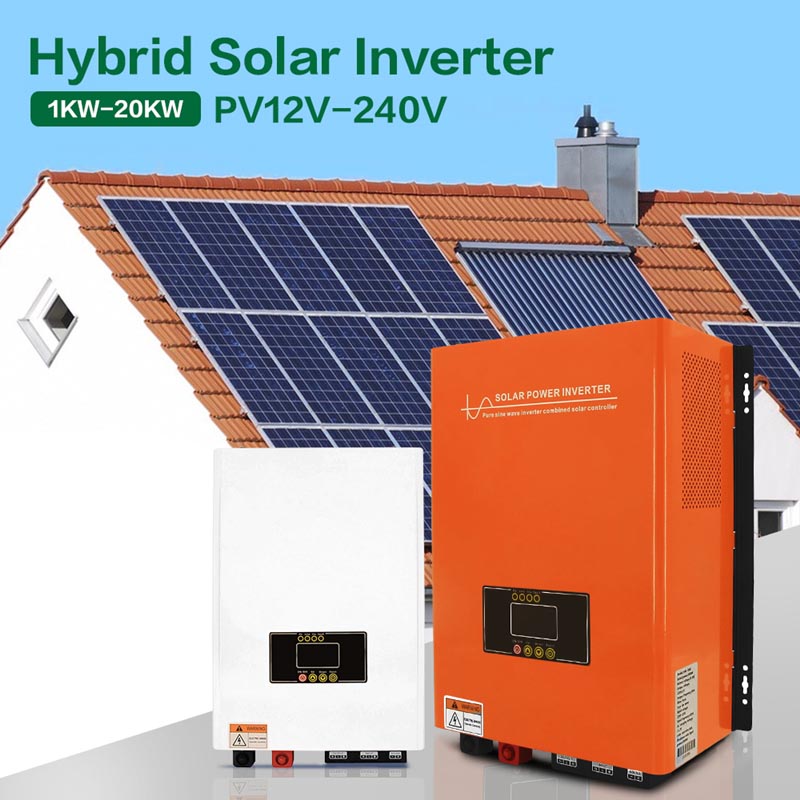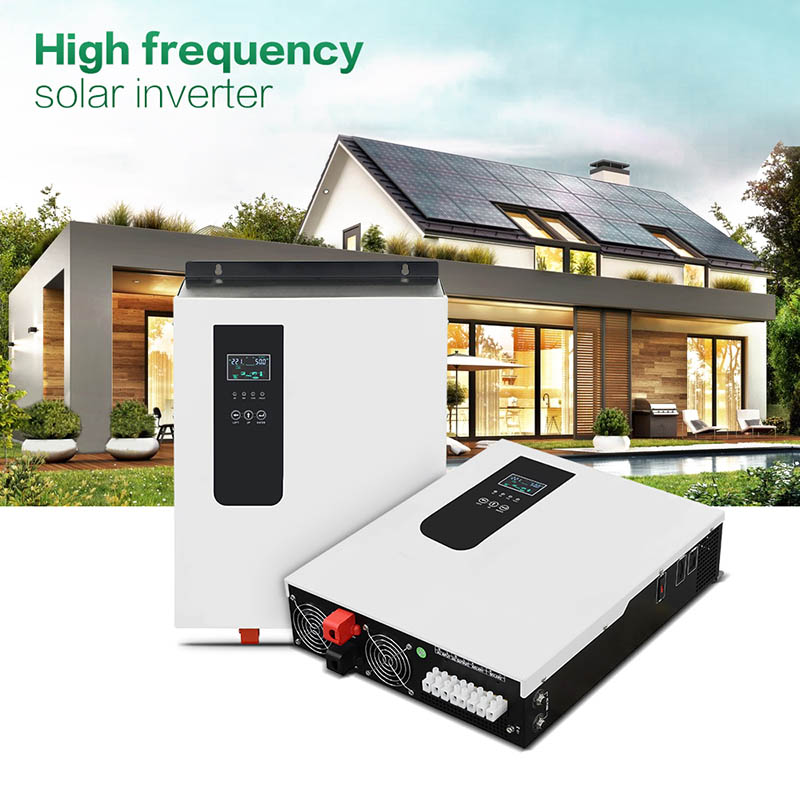What are the functions of photovoltaic solar inverters? Introduction to the functions and characteristics of photovoltaic solar inverters
 Aug 09,2022
Aug 09,2022

 Rekesun
Rekesun
The photovoltaic solar inverter not only has the function of DC-AC conversion but also has the function of maximizing the performance of the solar cell and the function of system fault protection. To sum up, there are automatic operation and shutdown function, maximum power tracking control function, anti-independent operation function (for on grid solar system), automatic voltage adjustment function (for on grid solar system), DC detection function (for on grid solar system), DC grounding detection Function (for on grid solar system). The following briefly introduces the automatic operation and shutdown functions and the maximum power tracking control function.
1. Automatic operation and stop function
After sunrise, the intensity of solar radiation increases gradually, and the output of the solar cell also increases. When the output power required for the operation of the solar inverter is reached, the solar inverter starts to run automatically. After entering into operation, the solar inverter will monitor the output of the solar cell module all the time. As long as the output power of the solar cell module is greater than the output power required for the operation of the solar inverter, the solar inverter will continue to run; until the sunset stops, The solar inverter can operate even on cloudy and rainy days. When the output of the solar cell module becomes smaller and the output of the solar inverter is close to 0, the solar inverter will form a standby state.

2. Maximum power tracking control function
The output of a solar cell module varies with the intensity of solar radiation and the temperature of the solar cell module itself (chip temperature). In addition, since the solar cell module has the characteristic that the voltage decreases as the current increases, there is an optimum operating point where the maximum power can be obtained. The intensity of solar radiation is changing, and obviously, the optimal working point is also changing. Relative to these changes, the operating point of the solar cell module is always at the maximum power point, and the system always obtains the maximum power output from the solar cell module. This control is the maximum power tracking control. The biggest feature of solar inverters used in solar power systems is that they include the function of maximum power point tracking (MPPT).
Features of photovoltaic solar inverter:
1. Requires high efficiency. Due to the high price of solar cells at present, in order to maximize the utilization of solar cells and improve system efficiency, it is necessary to improve the efficiency of solar inverters.
2. Requires high reliability. At present, the photovoltaic power station system is mainly used in remote areas. Many power stations are unattended and maintained, which requires the solar inverter to have a reasonable circuit structure, and strict component selection, and requires the solar inverter to have various protection functions, such as Input DC polarity reverse protection, AC output short circuit protection, overheating, overload protection, etc.

3. The input voltage is required to have a broader range of adaptation. Because the terminal voltage of the solar cell varies with the load and the sunlight intensity. Especially when the battery is aging, its terminal voltage varies widely. For example, for a 12V battery, its terminal voltage may vary between 10V and 16V, which requires the solar inverter to ensure normal operation within a large DC input voltage range work.



 Home
Home Photovoltaic inverter - MPPT technology
Photovoltaic inverter - MPPT technology 







 syplighting.en.alibaba.com
syplighting.en.alibaba.com



